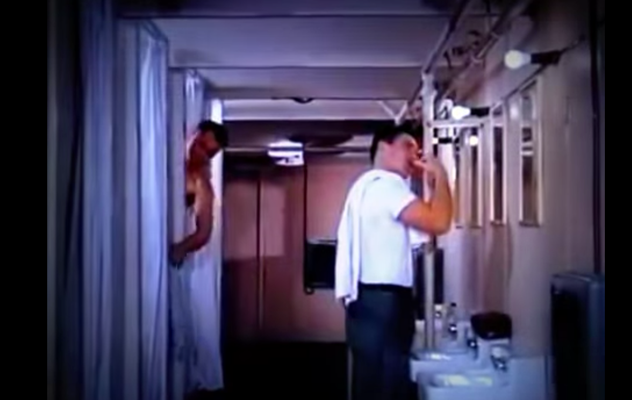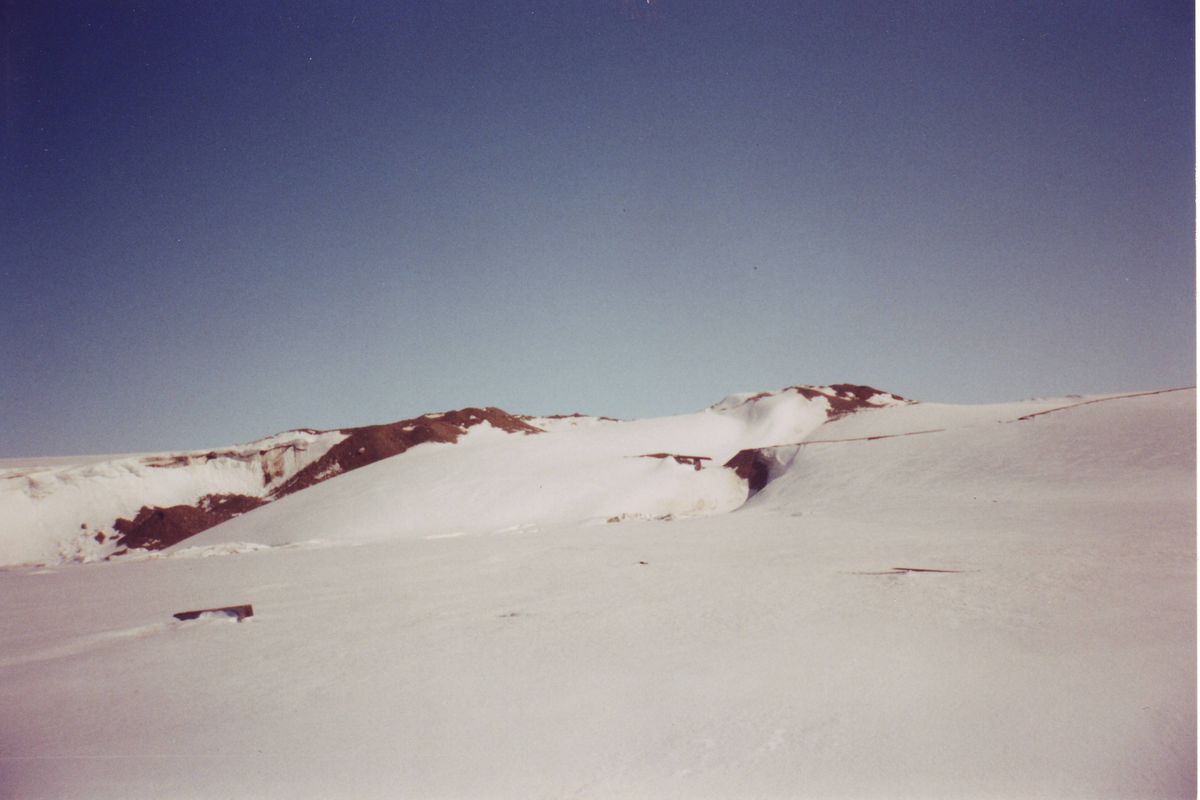About
The creepily named Project Iceworm was a secret U.S. Cold War mission to plan missile launch sites under the ice in Greenland. The plan was to dig 2,500 miles of tunnels in which to store and maybe someday launch 600 nuclear missiles.
Greenland was an ideal site because of its proximity to Russia, but this also made the construction that much more risky. It was kept a secret from Denmark, of which Greenland is a constituent. But you can't just go digging thousands of miles in in the ice and expect no one to notice.
So, as a cover, the U.S. Army claimed to be building "Camp Century," a "research facility" sanctioned by Denmark. Built in 1960 near Thule Air Base, its stated purpose was to study construction techniques and established scientific experiments under Arctic conditions. In actuality it was all a cover; the underground research facility gave the U.S. an excuse to dig under the ground to plant the missiles.
Though Camp Century was a diversion, it wasn't totally hollow. Coring deep into the ice allowed scientists to study thousands of years of climate history. They were also able to look back in time by observing germs preserved in water that melted off glaciers. People lived and worked there year-round—the underground camp included a chapel, a theater, and a hobby shop, all contained in interconnected tunnels sort of like an ant colony. All the electricity was supplied by the world's first mobile nuclear reactor, which was assembled elsewhere then placed in the deep recesses of the snow.
Though Camp Century utilized some traditional building materials like wood and steel, most of the tunnels were simply dug into the ice (hence the name "Iceworm"). It was predicted to have lasted ten years without substantial upkeep, but the glaciers were moving faster than expected, which would ultimately render the camp unusable. It was evacuated, used infrequently for a few years, then totally abandoned in 1967.
When Camp Century was deserted, it was left almost entirely intact. The U.S. military assumed consistent snowfall and crushing glaciers would encase the research facility for all time. However, in 2016, an investigation revealed that because global warming has caused the ice sheet covering Camp Century to melt, the facility may be unearthed by the end of the century, maybe sooner. If and when that happens, any waste—radioactive or otherwise—that's uncovered along with the base could wind up disrupting the surrounding ecosystems—a wholly unintended consequence of a top-secret Cold War plot.
Related Tags
Community Contributors
Added By
Published
September 2, 2016









































